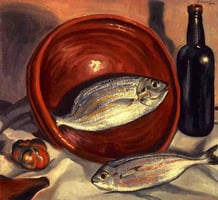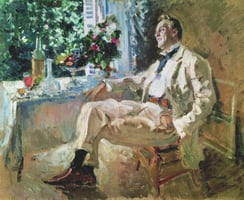Salvador Dali is one of the most iconic painters of the 20th century. He was born in Spain in 1904...
Exploring the Colorful World of Expressionism and its Impact on Modern Art
Expressionism is an art movement that began in the early 20th century and is characterized by its highly emotional, distorted, and often abstracted style of painting. Expressionist art was a reaction against the Impressionism styles of the late 19th century. Expressionist painters used bright colors, exaggerated brush strokes, and distorted shapes to express their inner emotions.
The Expressionism art period is most closely associated with German Expressionism, which was a movement that began in Germany in the early 20th century. The German Expressionists sought to express the inner emotions of the human experience, and often their works explored themes of angst and despair. German Expressionists included artists such as Ernst Ludwig Kirchner, Wassily Kandinsky, and Paul Klee.
The Expressionism movement also influenced other art movements, such as Cubism and Surrealism. Expressionism had a major impact on the development of abstract art, as artists sought to express their emotions through a more distorted and abstracted style of painting.
Expressionism had a significant influence on the development of modern art, and its themes and techniques can still be seen in contemporary art today. Expressionism is an art movement that continues to inspire artists to explore their inner emotions and create works of art that express their unique inner voice.



